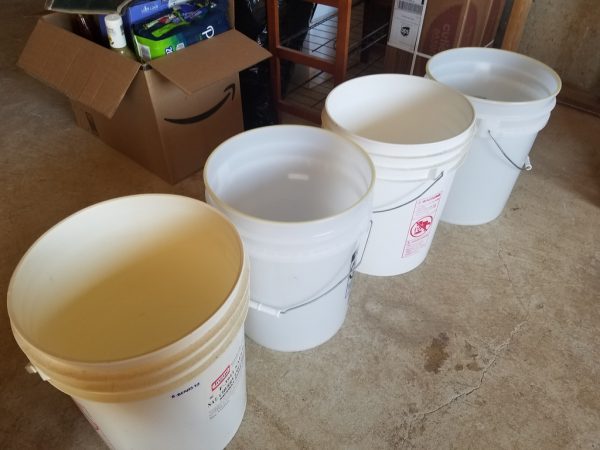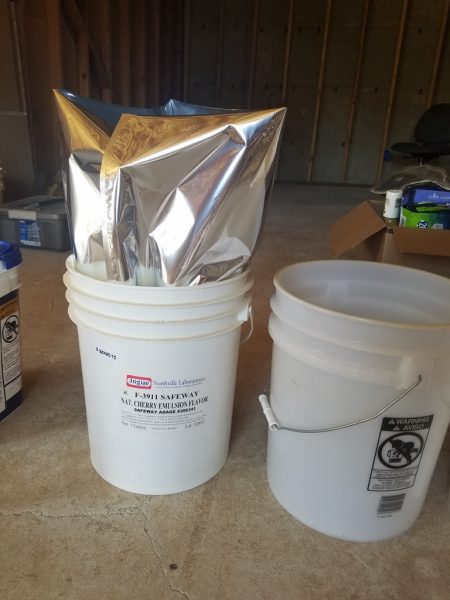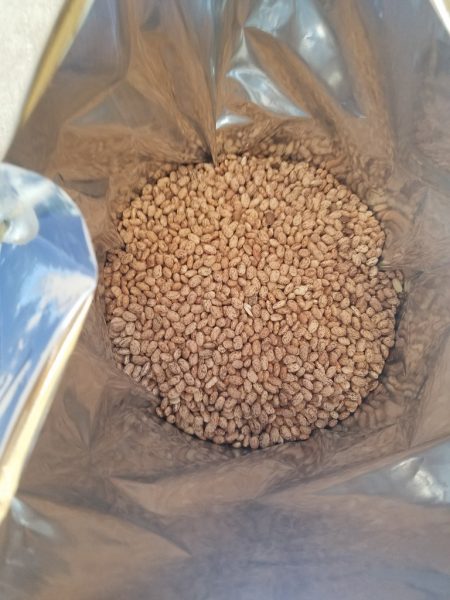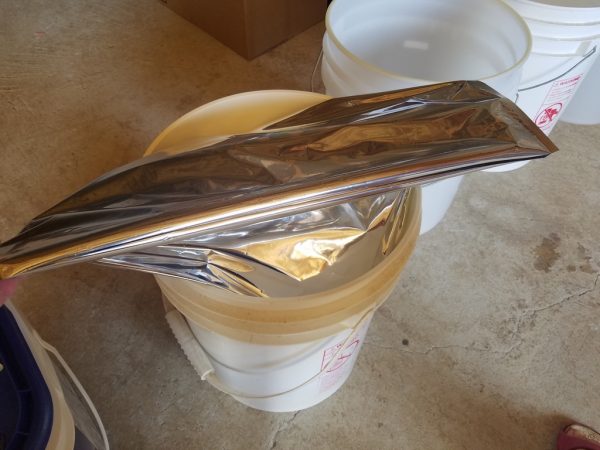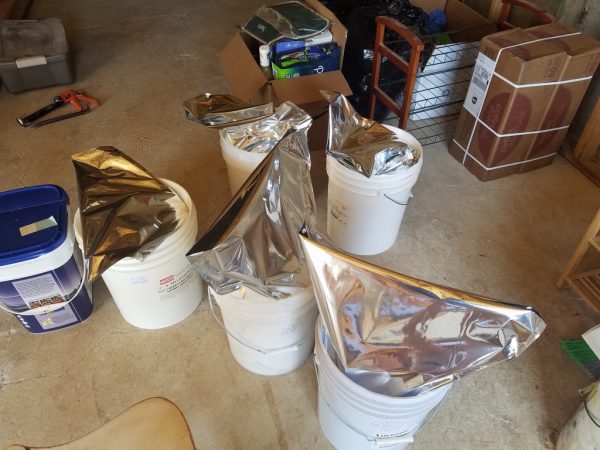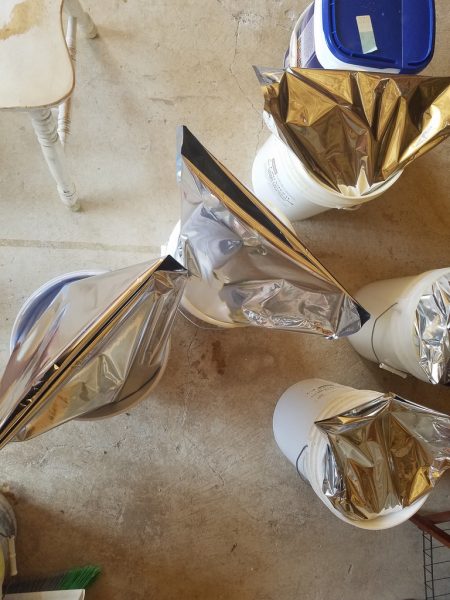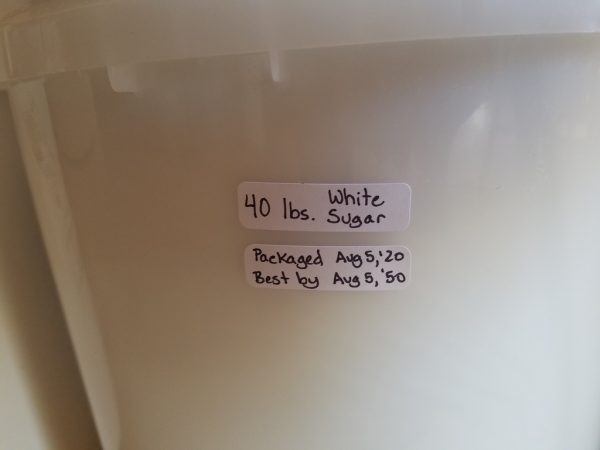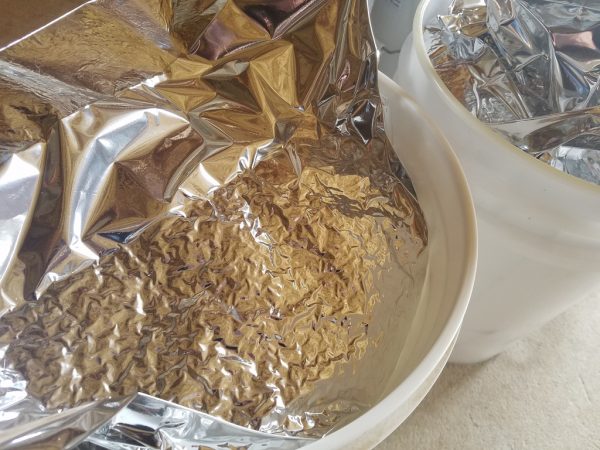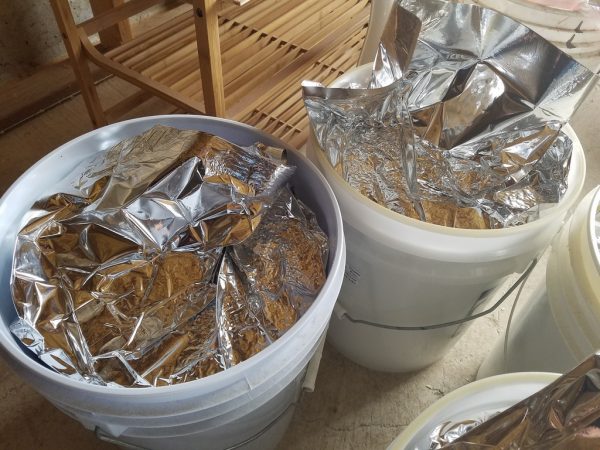Motivation: Popular phrasing is SHTF Prep. (S&*! Hits the Fan) Between social stress/unrest in our country, the pandemic, the potential for a major earthquake in my part of the country and the fact that I just read a book set in World War II France with food rations and starvation… well, I feel motivated to save some food the same way I try to save money in case of emergency.
The Long-term Goal: Save 1 year’s worth of food, which does not have to be rotated or replaced for many years, to feed each member of our family 1,500 calories a day or more. Include water-purification supplies and a few non food essentials.
Short-term Goal: Save 1 month’s worth of food and a little bit of water.
Plan/Process: Save a little at a time, as I am able, focusing on staples that will last a very long time. I will NOT be rotating through this food and using it regularly. Instead, I will label the foods with the expiration date and donating or using it a year before expiration.
Supplies and storage area: An unused basement, an unused shelf, 5-gallon buckets, 5-gallon-sized Mylar bags and oxygen absorbers. May also purchase some pre-packaged #10 cans. More shelves will follow… I hope.
You can view the live document where I am collecting my research about what to store and what I’m storing.
DO YOUR OWN RESEARCH… I’m doing most of my research (reflected in this blog and on my living document) by googling and searching a variety of prepper web pages. A great, long-standing resource is the Church of Jesus Christ (LDS).
My process, in pictures, for long-term food storage (my first time!):
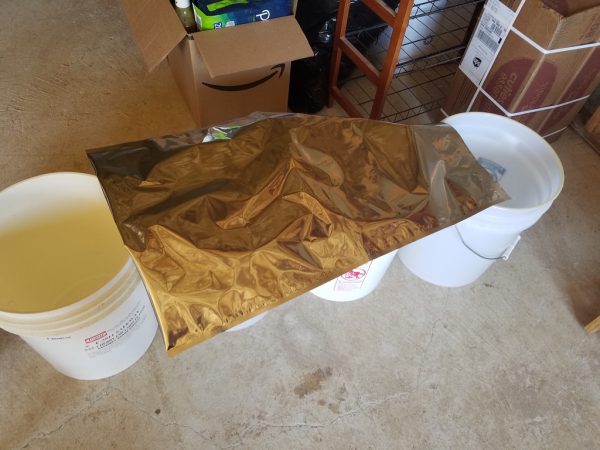
Collect Mylar Bags made for 5-gallon buckets. If you don’t have a Winco, the cheapest I could find online was $1.40/bag (when you buy 50) but most online options were closer to $2.50+ per bag.
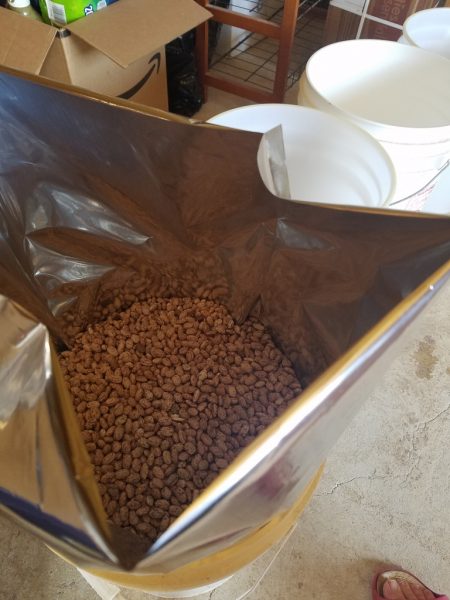
As you pour in your dried food, shake and tap regularly to settle the food. More will fit and there will be less air left in the bag… which is important.
Recommended amounts of oxygen absorbing packets for 5-gallon bags according to USA Emergency Supplies, a commercial company (not government) is 2,000-4,000cc oxygen absorbers. The Winco package had instructions for 1500cc per 5-gallon bucket.
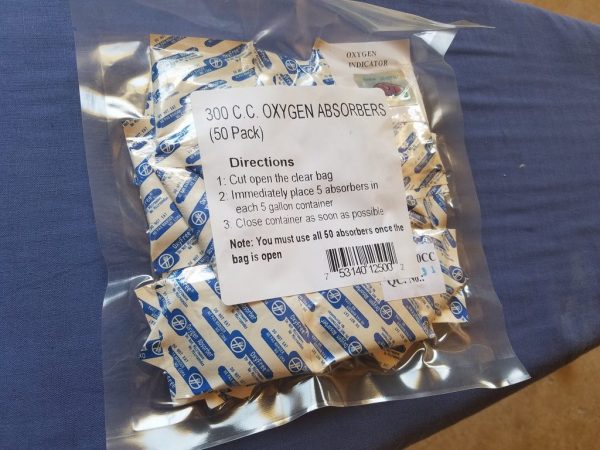
You’ll need to have oxygen absorbing packets available for this style of food preservation. The lack of oxygen is what makes the food last longer.
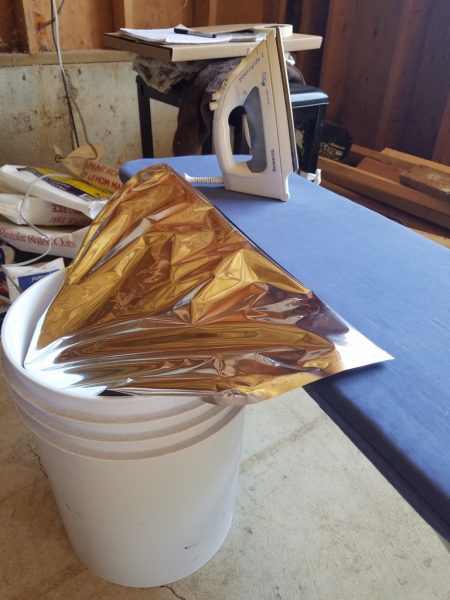
Ready to iron shut. Flat irons (for hair) or other heat sealers might be easier. This was easy once I got the ironing board the right height.
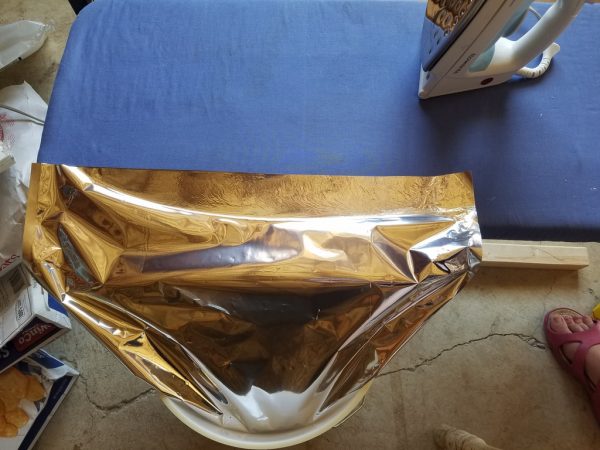
It was fast. After this photo, I pushed out the majority of the air and finished sealing it. I’ve heard that the melted seal is an area that sometimes fails, so I made my seam fairly wide and went back and forth twice.
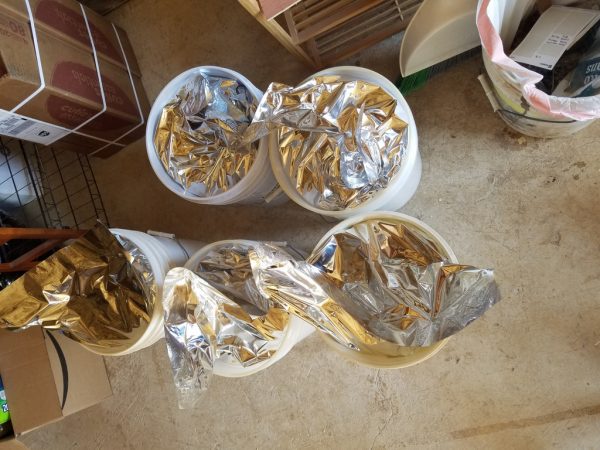
Closed up! I’m going to wait a day to make sure their seal holds . They should look vacuum packed tomorrow as the 20% of oxygen in there is absorbed by the packets.
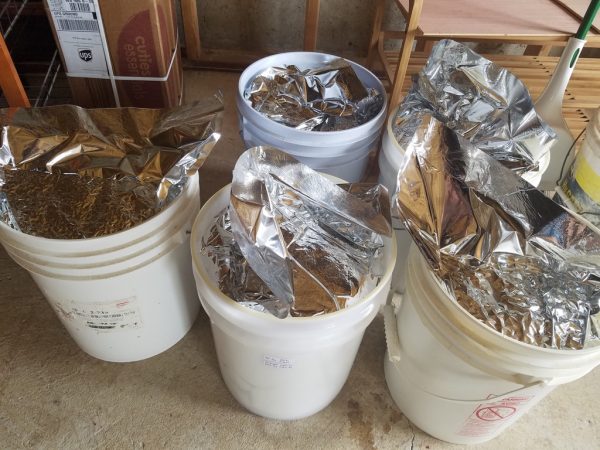
I used bucket lids with a rubber gasket to further reduce air flow. The mylar bag is the important part, but if it fails, the bucket will still slow the aging of the food some and keep it dry.
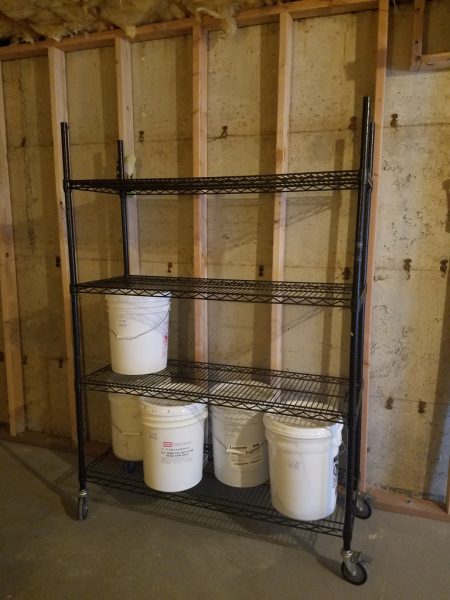
Ta-da!
Note: This shelf has a much higher weight limit if I take the casters off…. but it’ll be alright (barely) on the casters and more convenient too.
All shelf life expectations below assume best case scenario storage: No oxygen, no light, cool temperatures.
Staples with a 25+ year shelf life:
Dehydrated Apple Slices
Beans, Pinto
Dried Carrots
Corn Meal
Corn Starch
Lentils
Popcorn (to pop or grind)
Rolled Oats
Spaghetti (or other pasta)
Split Peas
Sugar
Wheat Berries
White Rice
Other Essentials – life span not researched by me yet
Baking Soda
Coconut Oil
Cream of Tartar (for making baking powder)
Salt
Vinegar
Yeast
Other “good ideas” in my opinion – life span varied, but most 15-30 years
Cocoa Powder
Coffee
Dried Peanut Butter
Dry Milk (nonfat)
Flour (all-purpose)
Hard Candy
Honey
Meat (freeze dried beef)
Meat (freeze dried chicken)
Molasses
Potato flakes
Powdered Eggs
Powdered Fruit Drink
Taco Seasoning
Tea
Water
Non-food items I’m considering:
Candles
Cat and dog food
Cold medicine/Benadryl
Dish Soap
First aid kid
Grain mill, manual
Hairbrush/comb
Iodine,Calcium Hypochlorite (pool shock), or some other chemical water purification method
Kleenex or cloth tissues
Laundry detergent
Light bulbs
Menstrual pads (fabric?)
Playing cards
Prescription meds
Razors/aftershave
Sewing kit
Shampoo/conditioner
Soap bars
Thieves or other cleaner
Toilet paper
Toothpaste/brushes
Tube feeding backup
Water purification filter system
-
Still Researching:
- Volume reducing: If I’m successful in a year’s worth of food, that’s 7 people x 1500+ calories/day x 365 days = 3,832,500 calories. That much would take an enormous amount of space. I am interested in researching to learn which long-term-stable foods are more compact.
- Fats/Oils: Finding any oils that store long term
- How to know if something is rancid
- How to use Pool Shock for water purification
- What cleaning agents will last a long time? (Bleach lasts less than a year!)

